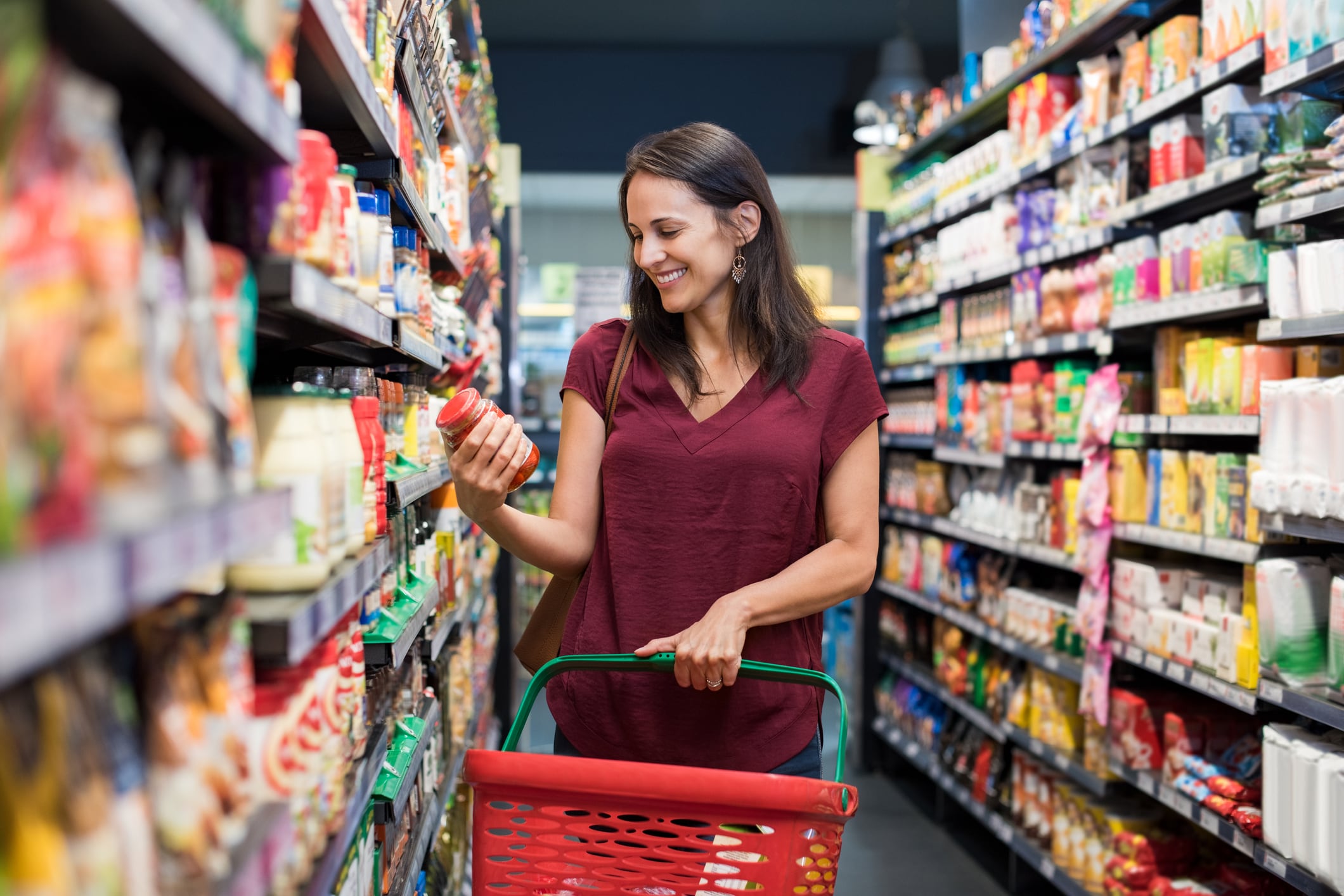The market research firm recently held an online webinar 'Megatrends and Retail in Latin America', discussing important global trends impacting regional retail and what these trends meant for retailers and those operating in the space. The company highlighted three megatrends: shopping reinvented, healthy living and middle-class retreat.
Speaking in the webinar, Amanda Bourlier, consultant at Euromonitor International, said it was important industry grasped these megatrends, as the region shifted from a “rather disappointing economic performance” to an economic outlook that was “actually a bit more optimistic”.
“...Aligning with the megatrends and taking advantage of the consumer preferences they expose, will be more effective strategies over the next five to ten years as we see the economic component start to be a little less relevant in some markets, or at least not be the sole factor on which consumers are making their purchasing decisions,” Bourlier said.
1: Shopping reinvented
Paula Goni, analyst at Euromonitor International, said the 'shopping reinvented' megatrend pivoted around technology, environmental shifts and pressures and changing values. For example, smartphones meant consumers were more connected; many had higher environmental demands on retailers and brands; and most wanted to simplify shopping experiences and save time.
From a technology perspective, Goni said increased connectivity provided industry opportunities to connect with consumers on social media platforms, work with influencers and build e-commerce models and subscription services. It also enabled retailers to use data to develop personalized product offerings or shopping experiences.
“Having an omni-channel strategy now is the cornerstone for brands to establish themselves as the go-to retailer,” she said. “Do use the digital channels to engage with consumers, even if you think they aren't buying online. Even though e-commerce is underdeveloped in Latin America, with only approximately 4% of retail sales taking place online, the share of sales that ultimately take place in stores were no doubt greatly influenced by online or mobile channels and this is because this is where consumers are doing their research and they're informing their choices before going to the physical store.”
Speaking to FoodNavigator-LATAM, David Mackinson, research manager at Euromonitor International, said the future of e-commerce in Latin America would “definitely be led by youth” but it was also worth noting that social class and income remained key to understanding where consumers shopped.
“A lot has to do with whether the retailers focus on only mega cities. Professional working moms or parents will also be fundamental. Class and income is still key here because lower end consumers still prefer traditional channels in Latin America,” Mackinson said.
2: Healthy living
Rocia Guzman, analyst at Euromonitor International, said the 'healthy living' trend was being driven by city living, technology and changing consumer values.
“Healthy living is no longer the result of simply being on a diet; it's the whole lifestyle which includes mental wellbeing, exercising and, of course, better eating habits,” Guzman said. This created opportunities for retail stores, products and services to be tailored towards self-care and prevention.
For retailers, she said they could develop private label lines that opened up healthy living to middle and lower classes via accessible price points or provide in-store education for consumers, training staff to recommend products according to certain needs. There was also scope to develop special formats like Rojas in Argentina – an exclusively gluten-free supermarket that was now one of the largest of its type in Latin America.
The healthy living trend was not only being driven by consumer desire but also governmental regulations and laws across the region, she said. Mexico in 2015, for example, introduced mandatory nutritional labeling; Chile in 2016 did the same; Brazil issued its food guidelines in 2015; and Uruguay implemented regulations for products sold in schools in 2015.
However, where regulations were not in place, Guzman said there was scope for retailers to step up to the plate. In Colombia, Carrulla had started to add 'good for you' labels on a number of its products in the absence of any labeling laws in the country, for example.
3: Middle-class retreat
Marilla Borges, analyst at Euromonitor International, said whilst the proportion of middle-class households across Latin America had increased in most economies, disposable income was lower than previous years, due to economic and political crisis, a strong US dollar and significant inflation in some markets.
“There is a growing share of middle-class households with constrained budgets,” Borges said. These consumers wanted to save more and spend less, she said, seeking the best value for money when they did spend.
Because of this, food and drink products with a premium positioning had “gained relevance in recent years”, she said, particularly those that enabled consumers to recreate out-of-home experiences, like restaurant-level meals or cinema-style snacks.
At the same time, warehouse club retail formats had become more popular as these stores offered value for money for price-sensitive consumers, she said. Atacarejos in Brazil was a good example of this.
Bourlier said: “The reason it's important to be thinking about these megatrends and thinking about the long-term shifts in consumer behavior that we're seeing globally, specifically within Latin America, is because the storyline we expect to see for retail, looking at the next five years, is very different than the storyline we saw dominant over the past five years.”

